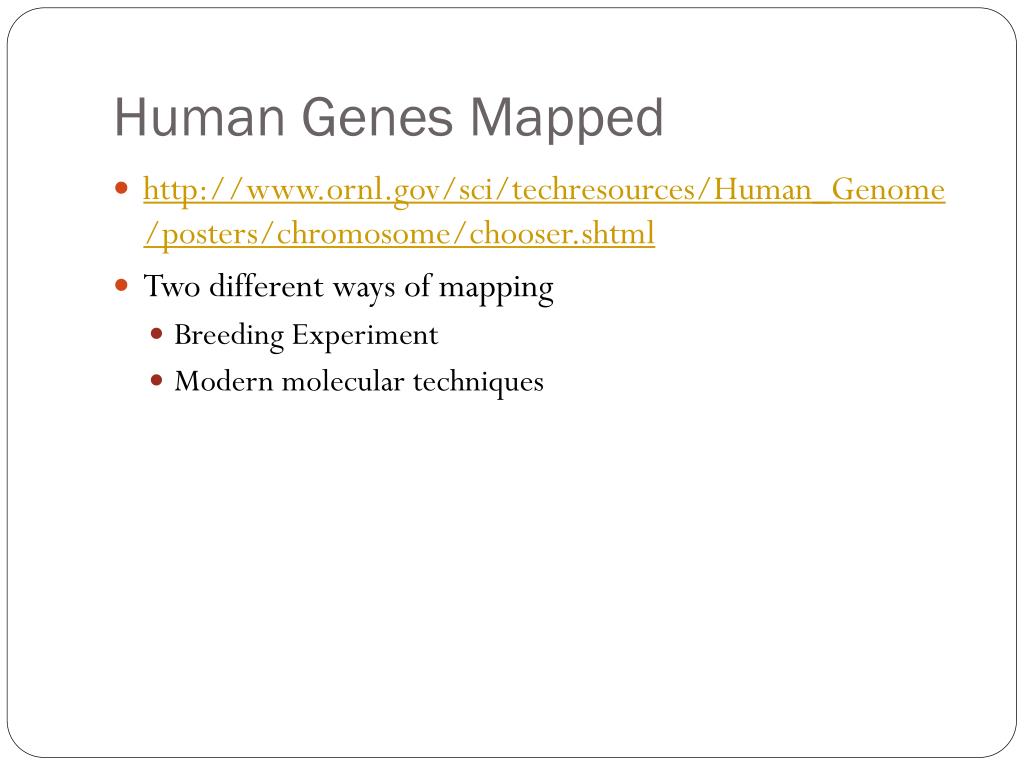

^ a b Carlton JM, Angiuoli SV, Suh BB, et al.

"Genome sequence of the human malaria parasite Plasmodium falciparum". ^ a b Gardner MJ, Hall N, Fung E, et al."The highly reduced genome of an enslaved algal nucleus". ^ a b Douglas S, Zauner S, Fraunholz M, et al.Human Genome Project Consortium and Celera Genomics Washington University and the Sanger InstituteĬelera, UC Berkeley, Baylor College of Medicine, European DGP For a more complete list, see the List of sequenced animal genomes. Wood rotting fungus, use in mycoremediationįollowing are the five earliest sequenced genomes of animals. Sanger Institute and Cold Spring Harbor Laboratoryīroad Institute, Oregon Health and Science University, University of Kentucky, and the University of Kansas International Collaboration for the Yeast Genome Sequencing For a more complete list, see the List of sequenced fungi genomes. The International Poplar Genome Consortiumįollowing are the five earliest sequenced genomes of fungi. University of Tokyo, Rikkyo University, Saitama University and Kumamoto Universityīeijing Genomics Institute, Zhejiang University and the Chinese Academy of SciencesĬarbon sequestration, model tree, commercial use (timber), and comparison to A. For a more complete list, see the List of sequenced plant genomes. Wellcome Trust Sanger Institute and Seattle Biomedical Research Institute (SBRI)įollowing are the five earliest sequenced genomes of plants. Wellcome Trust Sanger Institute and The Institute for Genome Research (TIGR) The Institute for Genome Research (TIGR) and Karolinska Institutet (KI) and Seattle Biomedical Research Institute (SBRI) Joint Genome Institute and the University of Washington OrganismĬanadian Institute of Advanced Research, Philipps-University Marburg and the University of British Columbia For a more complete list, see the List of sequenced protist genomes. In 1996 Saccharomyces cerevisiae (baker's yeast) was the first eukaryote genome sequence to be released and in 1998 the first genome sequence for a multicellular eukaryote, Caenorhabditis elegans, was released.įollowing are the nine earliest sequenced genomes of protists. The first free-living organism to have its genome completely sequenced was the bacterium Haemophilus influenzae, in 1995. This list of "sequenced" eukaryotic genomes contains all the eukaryotes known to have publicly available complete nuclear and organelle genome sequences that have been sequenced, assembled, annotated and published draft genomes are not included, nor are organelle-only sequences.ĭNA was first sequenced in 1977. Saccharomyces cerevisiae was the first eukaryotic organism to have its complete genome sequence determined.


 0 kommentar(er)
0 kommentar(er)
